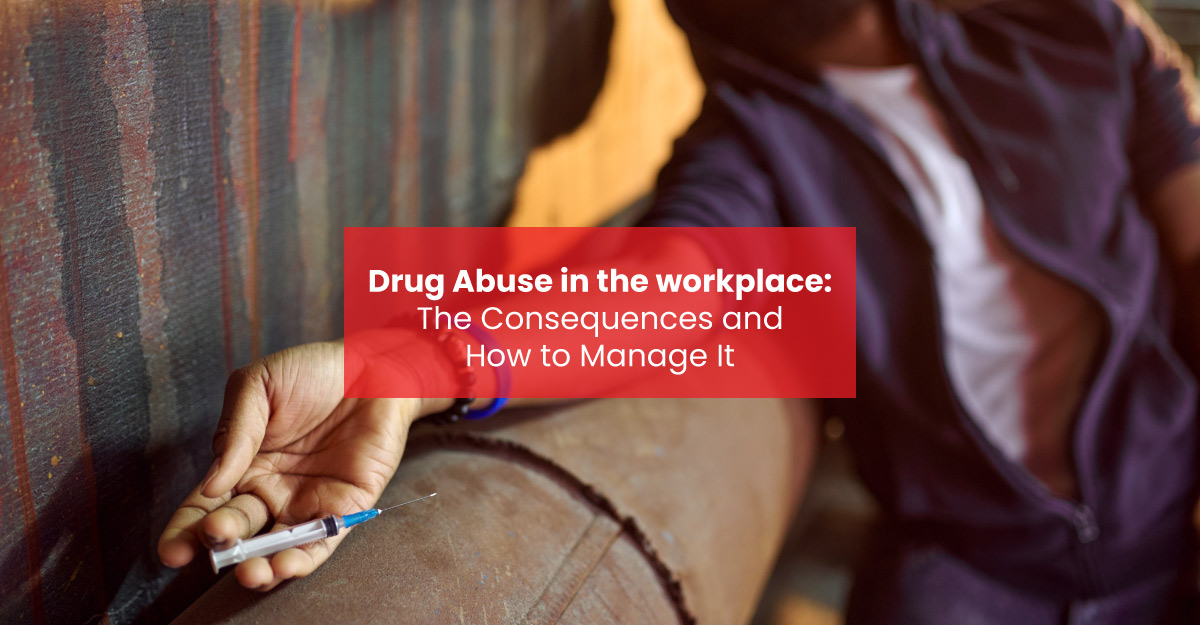Related: How to keep your employees healthy through workplace exercise programs
Different drugs abused in the workplace?
There are a variety of drugs abused in the workplace. Examples include prescription drugs, over-the-counter drugs, and illicit drugs.
- Prescription drugs frequently abused in the workplace include opioids, sedatives, and stimulants. Opioids provide pain relief, but they can also lead to feelings of euphoria and can be addictive. Sedatives treat anxiety but can cause drowsiness, impaired judgment, and impaired coordination. Stimulants treat ADHD but can lead to increased energy, heart rate, and blood pressure.
- Over-the-counter drugs abused in the workplace include cough syrup and cold medicines. These drugs can cause drowsiness, impaired judgment, and impaired coordination.
- Illicit drug abuse in the workplace can comprise amphetamines, opiates, cocaine, and marijuana. These drugs can lead to impaired judgment, increased accidents, and absenteeism. If you suspect an employee is abusing drugs, seek help from a qualified professional to ensure the employee receives the treatment they need.
The consequences of workplace drug abuse
Using illicit drugs in the workplace is a severe problem that can lead to many negative consequences for businesses. Drug abuse can lead to absenteeism, decreased productivity, accidents and injuries, and other workplace issues.
While many programs and policies can help reduce workplace drug abuse, it is necessary to remember that this issue can impact businesses of all sizes.
Related: 8 Ways To Heal If You Experience Workplace Sexual Harassment
Five (5) ways to manage workplace drug abuse as an employer
- Follow Procedures if you Suspect an Employee is Under the Influence of Drugs at Work
- Make Drug Testing Mandatory
- Work with Human Resources for a solution
- Establish a policy on drug use at work—and enforce it
- Encourage employee assistance programs
Related: Workplace Ergonomics: The Complete Guide
Follow Procedures if you Suspect an Employee is Under the Influence of Drugs at Work:
- If you suspect an employee is under the influence of drugs or alcohol at work, it is crucial to follow proper procedures. First, try to talk to the employee and see if they will admit to drug use and get help. If the employee refuses help or denies drug use, you may need to conduct a drug test. Organizations should discipline employees with positive test results. It may include termination, depending on your company’s policy.
Make Drug Testing Mandatory
- Conduct regular drug-testing programs for all employees who work in potentially high-risk areas or who have access to sensitive information (such as medical records). You may also want to include random testing during peak times or periods when many people abuse drugs at work. It will help catch employees using drugs while on duty or at work, which could lead to serious legal trouble if they do not get caught quickly enough before causing harm to themselves or others around them.
Related: Workplace Depression: A Guide To Depression At Work And How To Get Through It
Work with Human Resources for a solution
- If you find out that an employee has tested positive for drugs at work or if you suspect that someone is abusing prescription drugs, reach out to Human Resources so they can help come up with a solution that works best for everyone involved!
Establish a policy on drug use at work—and enforce it
- If you have a policy in place, ensure that everyone knows about it and that employees adhere to it consistently. It will help ensure that employees understand what the company expects of them and help prevent potential legal issues for your company.
Encourage employee assistance programs
- Establish a confidential employee assistance program (EAP) available to help employees who need extra support during work hours because of substance-use issues.
Related: Nine (9) Habits Of Mentally Strong People In The Workplace
Drug abuse has severe and long-lasting consequences. As soon as you realize your employees’ drug use, take action. At Medbury Medicals, we provide occupational health and safety services for our clients at all levels of business. Our team of professionals can help you identify and manage any issues that may arise in the workplace due to drug abuse.
We offer a wide range of services comprising:
- Medical staffing
- Occupational health advisory services
- Workplace consulting
- Employee education
Get started today by booking an appointment with us.
Frequently Asked Questions about Drug Abuse in the workplace
Which is a consequence of drug use in the workplace?
The consequences of drug use in the workplace vary, but a few of the most common include:
- Reduction in productivity because of impairment
- Reduced ability to perform repetitive tasks
- Increased absenteeism and tardiness
- Increased risk of accidents and injuries
Related: How To Overcome Male Stereotypes And Support Men’s Mental Health In The Workplace
What are three (3) examples of drug abuse?
The three examples of drug abuse are:
- The use of illegal drugs, such as marijuana and heroin
- The use of prescription drugs in a non-prescribed manner
- The overuse or misuse of a legal drug
What is the most widely used drug in the workplace?
The commonly used drug in the workplace is alcohol. The number of people who report being under the influence of alcohol at work has increased over time, and studies have found that alcohol use increases productivity and decreases absenteeism.
Related: Workplace Emergency: Learn How To Create A Response Plan
Should they fire a worker for substance abuse?
Because of these actions, we view substance dependence as an incapacity rather than a problem, so firing the employee is inappropriate. The employer should consider counseling and rehabilitation for an employee with health problems to avoid dismissal for unsatisfactory performance.








Comments:
Pingback: Nine (9) habits of mentally strong people in the workplace